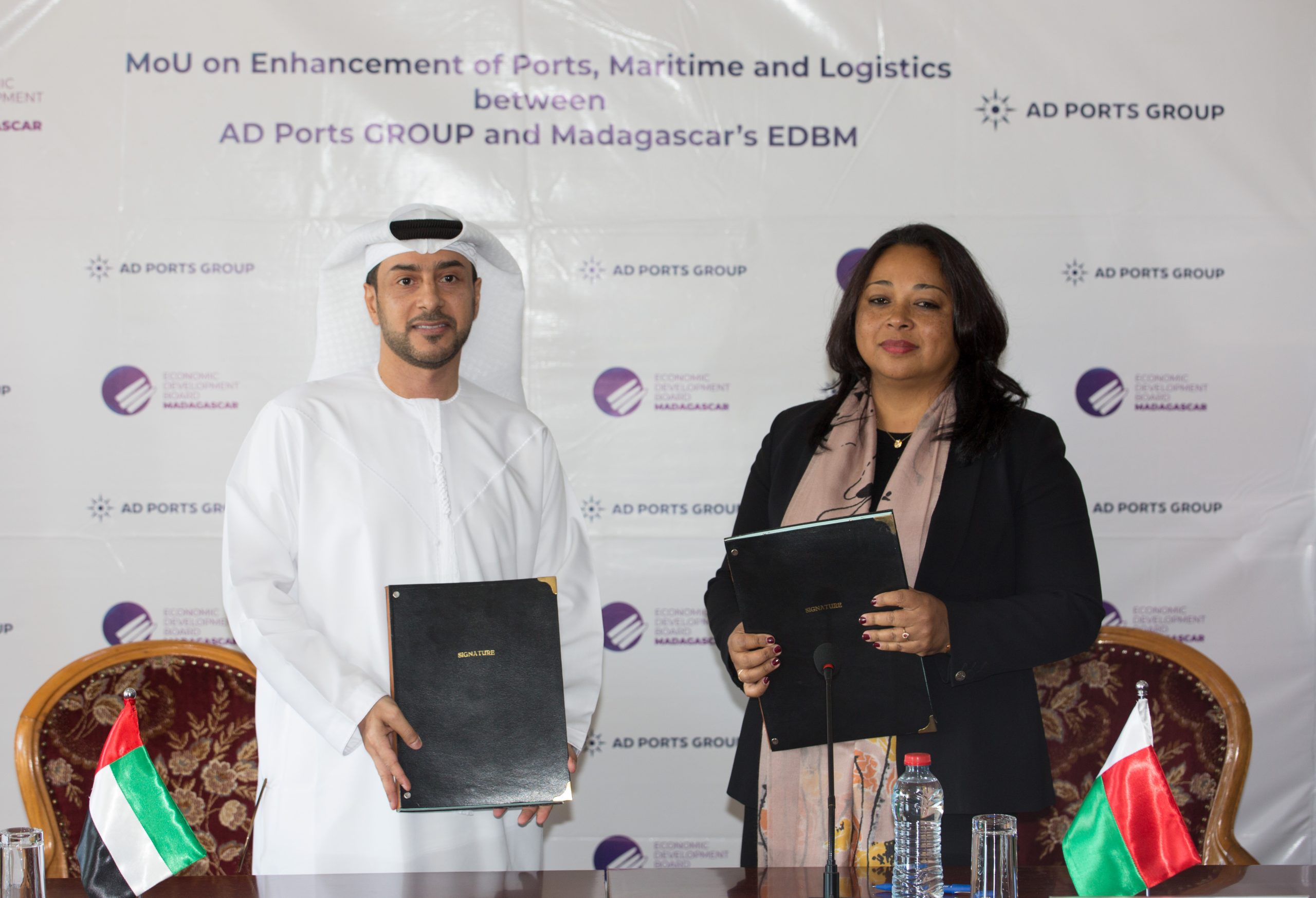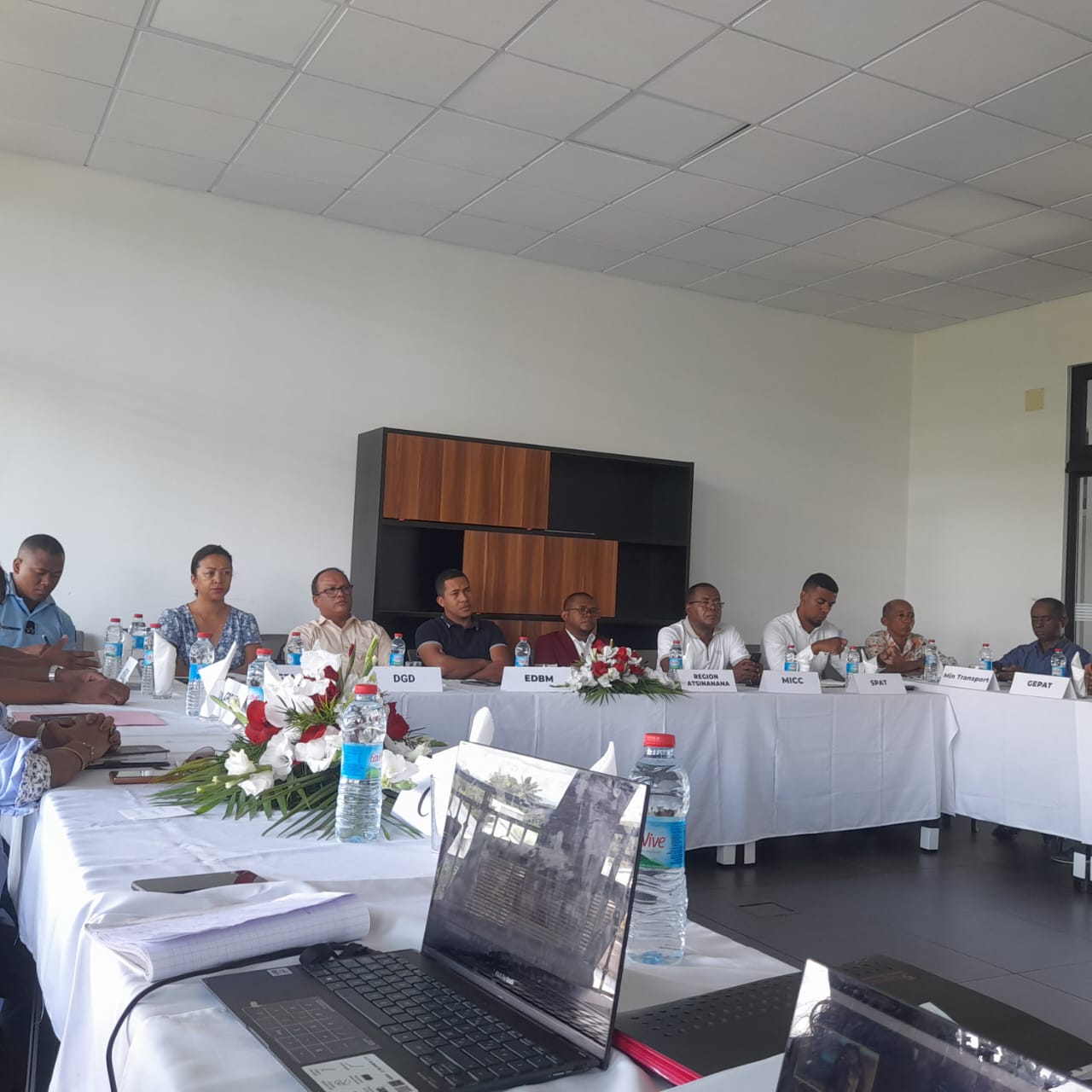Mining: Madagascar, land of hidden treasures:
Mining: Madagascar, land of hidden treasures:
Madagascar is known for the opulence of its subsoil, resulting in the development of both small mining sectors (hand-crafted) and large mining ones. Its unique geo-diversity scattered all over the island, is the result of a long geological background with multiple phases. So many untapped reserves of minerals are known that should be exploited for economic benefits.
There are several activities that can be developed through mining exploitation regarding industrial stones, energy resources, and exploitation of precious and semi-precious stones.
Madagascar’s mining potential at a glance:
- Industrial and metallic minerals: ilmenite, graphite, limestone, gypsum, dolomite, silica, mica, titanium, quartz, gold, platinum group, silver, iron, copper, zinc, nickel, cobalt, chromite, …
- Energy resources: coal, hydrocarbon, uranium, …
- Precious and semi-precious stones: ruby, sapphire, emerald, aquamarine, beryl, tourmaline, topaz, garnet, cordierite, rose quartz, amethyst, citrine, …
- Ornamental stones: marble, silicified wood, jasper, …
Many companies belonging to huge multinationals currently operate in Madagascar, benefiting from a fiscal incentive system.
The Law on Large Scale Mining Investments, concerning companies with an investment of 50 billion Ariary (circaUSD 25 million) and above, grants mining operators the following fiscal benefits:
- Temporary exemption for minimum corporate tax;
- Reduced rates of common fiscal charges (tax on corporate profits, income tax from capital, tax on fund transfers and remittances, taxes on properties built) ;
- Additional deductions in terms of corporate taxes;
- Exemption from VAT on import of materials, goods and equipments;
- Low or no custom fees for specific depreciable items.
• Conversion freedom to market rate ;
• Transfer of current operation transfer upon a simple declaration ;
• Foreign currency accounts in Madagascar and abroad.
• Duty-free customs for final admission when importing materials, goods and equipments ;
• Temporary admission free of duties and taxes on the equipments in the generic list ;
• Possibility to set up a special office for import and export operations.
• For processed mining products, reduction of 50% on their value for the calculation of the tax base in mining royalty ;
• Guarantee of property rights ;
• Guarantee against expropriation or nationalization ;
• Guarantee for free movement and commercialization of mining products.
There are 4 types of mining licenses, they are granted according to the principle « first in time, first in right ».
In summary :
| Authorization/Permit | Validity | Authorized activities | Eligible people |
| Prospecting statement (PS) | 01 year | Prospecting | Any natural or legal person under Malagasy law or grouping/association |
| Exclusive authorization for perimeter Booking (EAPB) | 03 months | Prospecting | |
| Research Permit (RP) | 05 years | Prospecting and Research | Any natural or legal person under Malagasy law |
| Operating License (OL) | 40 years | Prospecting, Research and mining | |
| Research and Operating Permit for small operators (ROP) | 08 years | Prospecting, Research and mining | Any natural person of Malagasy nationality or grouping of small Malagasy operators |
- Loi N°2005-022 du 17 octobre 2005 portant modification de la Loi N°2001-031 du 8 octobre 2002 établissant un régime spécial pour les grands investissements dans le secteur minier malagasy (LGIM)
- Loi N°2005-021 du 17 octobre 2005 portant modification de certaines dispositions de la Loi N°99-022 du 19 août 1999 portant Code minier
- Décret N°2006-910 du 19 août 2006 portant application du Code minier
- www.mines.gov.mg
- www.pgrm.mg
- www.omnis-madagascar.mg





